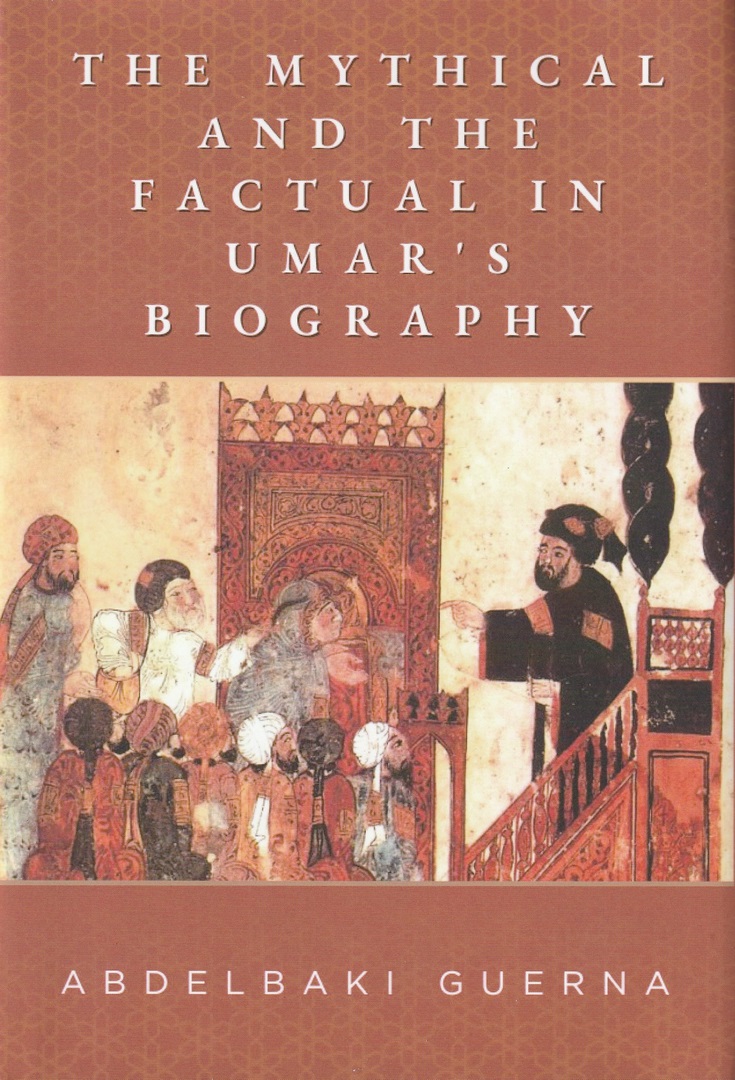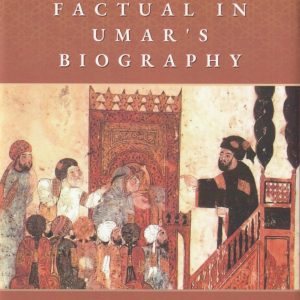Description
This book by Abdelbaki Guerna from Algeria who converted to the path of Ahlul Bayt, author of 9 books. A must have book for anyone research into life of 2nd caliph Umar. 362 PAGES
A biography of Umar (Umar ibn al-Khattab), the second caliph, by Abdelbaki would likely explore both the historical and the mythical aspects of his life. While factual accounts document his significant role in early Islamic history, his image is also imbued with legends and heroic narratives that have shaped his public perception, particularly within religious and cultural contexts.
-
Mythical and Legendary Elements:
-
Stories of Justice and Power:Umar is often depicted in narratives as a just and powerful ruler who upheld Islamic principles and ensured the well-being of his subjects.
-
Legends of Confrontation:Stories circulate about his fierce confrontations with those who opposed him or challenged his authority, often portrayed as dramatic and symbolic.
-
Influence on Islamic Law:He is seen as a key figure in the development of Islamic legal and theological frameworks, influencing interpretations of the Quran and Hadith.
-
Sacred Status:In some religious contexts, Umar is regarded as one of the “Rightly Guided Caliphs,” embodying a model of ideal Islamic leadership.
-
Role in Shia Thought:While Sunnis hold him in high regard, the Shia view him differently, with some believing he usurped power from Ali.
Abdelbaki’s Possible Approach:
Abdelbaki’s biography might explore how these historical facts and mythical elements have shaped the understanding of Umar throughout history. The author could analyze:
-
Sources and Narratives:How different sources and narratives contribute to the construction of Umar’s image, both historically and mythically.
-
Cultural and Religious Contexts:The role of cultural and religious beliefs in shaping the perception and interpretation of Umar’s life.
-
Impact on Islamic Thought:How Umar’s life and actions have influenced the development of Islamic thought, jurisprudence, and social structures.
In essence, a biography like Abdelbaki’s would aim to provide a nuanced understanding of Umar, acknowledging both his historical significance and the enduring mythos that surrounds his legacy.







Reviews
There are no reviews yet.